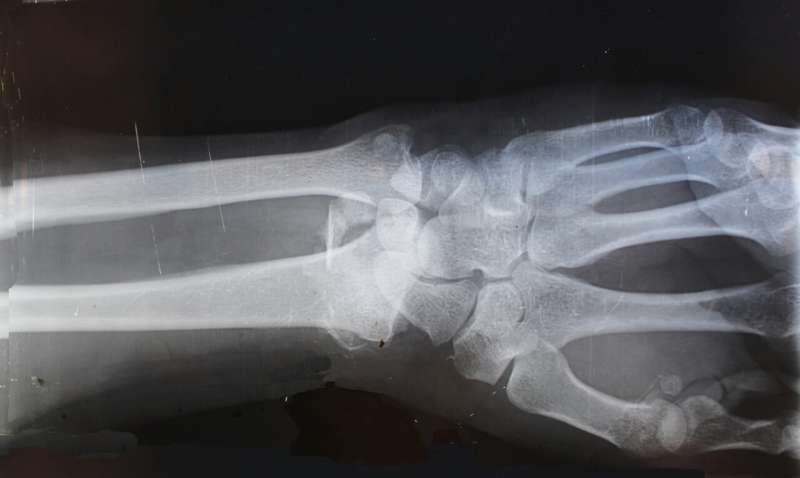Moving to More Walkable Cities Leads to Increased Daily Step Counts

Relocating to more walkable cities significantly boosts daily step counts, promoting better health and increased physical activity among residents.
Research has consistently demonstrated that walking offers significant health benefits, especially when incorporated into daily routines. A recent comprehensive study highlights that relocating to more walkable cities substantially increases the number of steps people take each day. Using data from over 5,400 individuals across 1,600 U.S. cities, the study found that when residents move to areas with higher Walk Scores—measures of how accessible amenities are on foot—their daily step count rises noticeably. For example, individuals moving to New York City from less walkable cities increased their average steps by approximately 1,400 daily steps, moving from around 5,600 to 7,000. Conversely, moving from highly walkable areas to less pedestrian-friendly cities resulted in a decrease in daily steps by a similar margin.
The study, published in Nature by researchers at the University of Washington, analyzed anonymized data from the Argus step-tracking app, focusing on people who moved and remained in their new locations for at least three months. The findings show a clear causal relationship: living in areas with higher Walk Scores directly encourages more walking, regardless of age, gender, or body mass index. When the Walk Score of a city increases or decreases significantly—by approximately 48 points—individuals' average daily steps change by about 1,100 steps.
The implications are profound for public health and urban planning. As walking is linked to reduced mortality risk—studies suggest that walking 4,000 steps daily can improve overall health—cities that foster pedestrian-friendly environments can play a vital role in promoting physical activity among their residents. Walk Scores, ranging from 0 to 100, quantify how easily individuals can reach amenities like grocery stores and schools on foot. Cities with higher scores, such as Seattle with a score of 74, are considered 'very walkable.'
Lead author Tim Althoff emphasizes that physical environment significantly influences movement behavior. The study normalized data to account for seasonal changes and demographic variables, ensuring robust results. They also observed that increases in Walk Scores were associated with a higher proportion of participants engaging in the recommended levels of aerobic activity.
Overall, the evidence underscores the importance of investing in pedestrian infrastructure and designing urban spaces that promote walking, which can lead to healthier populations and more active lifestyles.
Stay Updated with Mia's Feed
Get the latest health & wellness insights delivered straight to your inbox.
Related Articles
Genetic Discoveries Link to the Most Common Pediatric Bone Cancer
New genetic research has identified mutations linked to osteosarcoma, the most common pediatric bone cancer, opening avenues for early detection and targeted therapies.
Innovative Mouse Models for Ultra-Rare Neurological Disorder Could Accelerate Gene Therapy Development
Researchers at Jackson Laboratory have developed new mouse models to study rare neurological disorder AHC, paving the way for potential gene editing therapies and improved understanding of disease mechanisms.
Focused Strategies Crucial to Counteract the Fentanyl Crisis, New Study Finds
A recent study underscores the necessity of targeted regional strategies to effectively reduce the rising fentanyl overdose death toll across the U.S., highlighting high-impact areas and community-based solutions.



